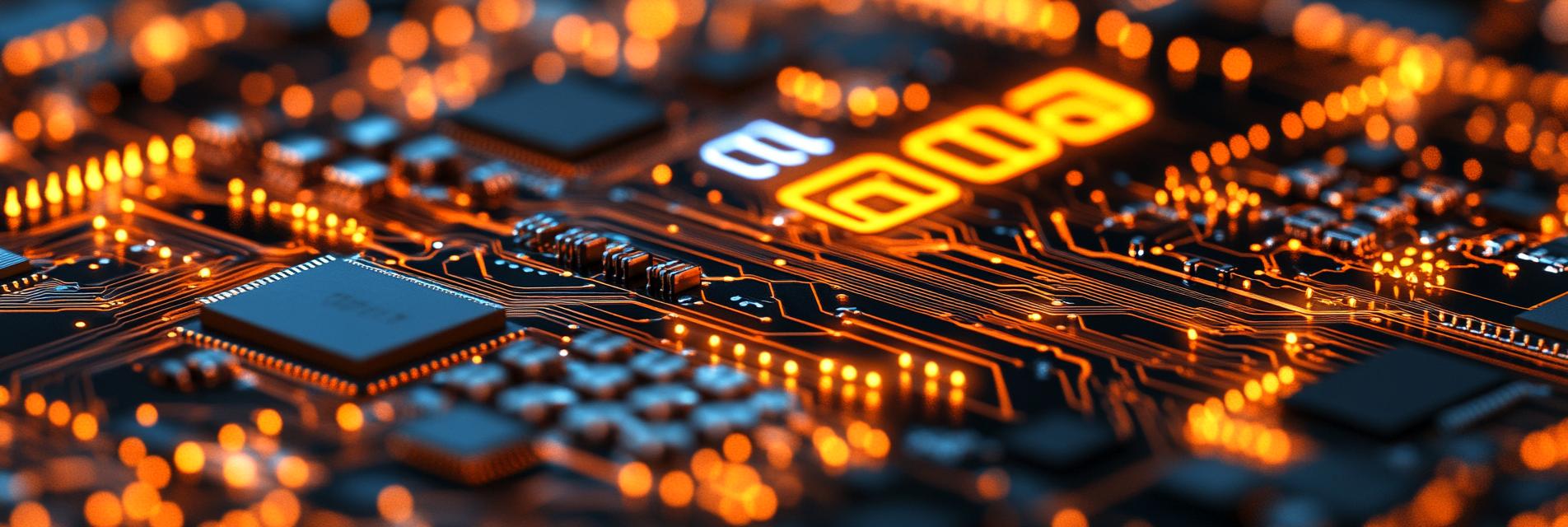As the digital landscape evolves, the emergence of 5G technology signifies a groundbreaking shift in communication paradigms. This advancement necessitates a corresponding evolution in the design and manufacturing of printed circuit boards (PCBs)—particularly multi-layer PCBs. This article explores the intricate interplay between 5G technology and multi-layer PCB design, highlighting their significant impacts on high-speed connectivity and modern communication systems.
5G technology, with its promise of ultra-reliable low-latency communication (URLLC), demands substantial improvements in network infrastructure. The existing PCB designs cannot adequately support the frequency and bandwidth requirements of 5G networks. This creates a pressing challenge for engineers and designers striving to develop solutions that can meet these new standards.
Traditional PCBs often incorporate only one or two layers, limiting their ability to cope with the increased operational frequency and density of components required in 5G technology. The migration towards multi-layer PCBs presents a viable solution, as they allow for more compact designs that can amplify performance without sacrificing space.

The path to successful integration of 5G systems into existing infrastructure largely relies on the technological advancements in multi-layer PCB designs. By utilizing advanced materials and innovative manufacturing techniques, designers can create PCBs that support higher frequencies, reduce signal loss, and enhance overall performance.
The synergy between 5G technology and multi-layer PCBs is not merely theoretical; it represents a necessary evolution in communication technology. As demands for faster, more reliable connectivity grow, so too will the need for sophisticated PCB designs. The collaboration between engineers and PCB designers will be pivotal in shaping this new landscape of connectivity.
The intricate relationship between 5G technology and multi-layer PCBs highlights the importance of responsive innovation in the realm of communication technology. By addressing the challenges posed by high-speed connectivity and developing solutions through advanced PCB design, the future of communication systems can be both promising and expansive.
